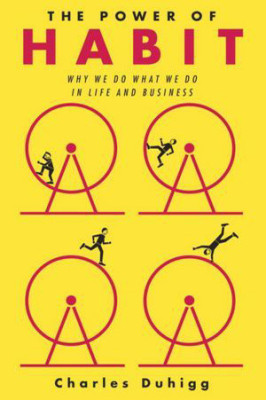Today I finished reading The Power of Habit: Why We Do What We Do in Life and Business by Charles Duhigg. This book attempts to frame much of human behavior in instinctive habits that we repeat without thinking. Using real life examples and peer reviewed research, it describes how to create good habits and change bad habits at the personal, interpersonal, and organizational scales. I heard about the book after reading the excerpted version in The New York Times Magazine.
The book opens with a detailed discussion illustrating the neuroscience that underlies habit formation. Duhigg explains that habits are driven by the basal ganglia, an evolutionary older section of the brain, versus other “higher” cognitive behaviors driven by the cortex, an evolutionary “younger” section. One of the most compelling examples of this distinction is the story of Eugene Pauly, a patient who lost significant cognitive function after a bout of encephalitis. Even though Pauly was unable to form new memories due to damage to the cortex, he is able to form new habits because the basal ganglia was unharmed. This explains why Pauly was able to instinctively take a walk around the block near his home with assistance, even though he could not map out the route if asked directly.
Continue reading Review: The Power of Habit, by Charles Duhigg
